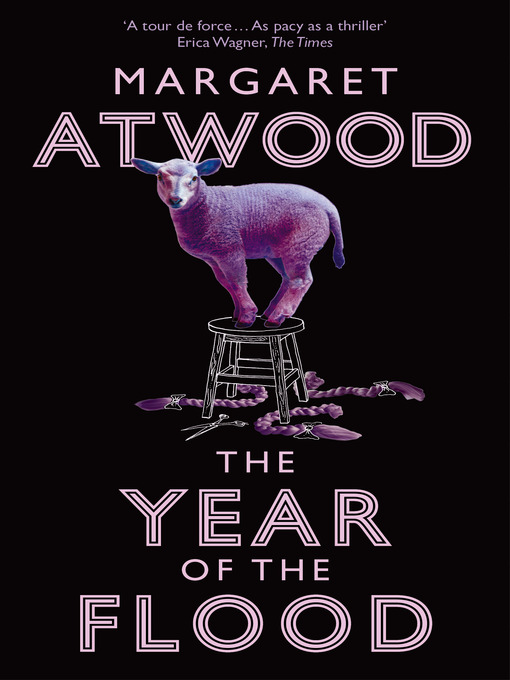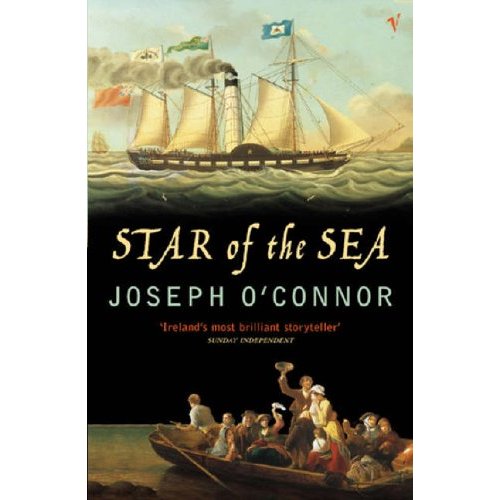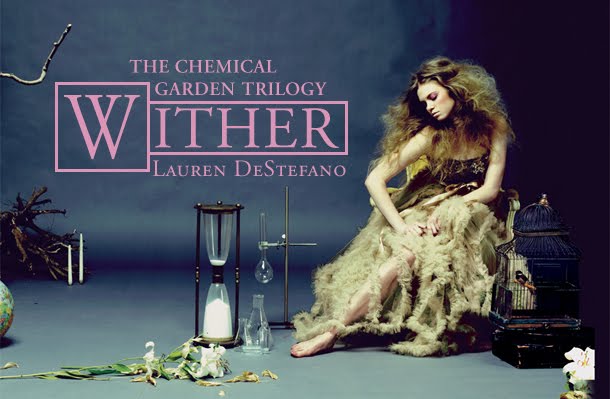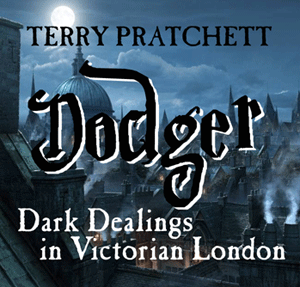A cold, dark box, filled with terrified teenage girls is the rather dramatic opening to Lauren DeStefano’s debut. Of those girls, all but three are shot and killed. The survivors are taken as ‘Sister Wives’ for Linden Ashby, the son of a very wealthy ‘First Generation’ scientist who has dedicated his life to finding a cure for a mysterious plague. The virus is killing all girls born in the last fifty years at the age of twenty, and all boys at twenty-five, a side effect of the creation of the ‘First Generation’ – genetically faultless humans, free from all disease, who live extended lives in perfect health. In a world where everyone but the very old now die very young, Gatherers roam the streets snatching young girls to be taken as wives for the wealthy, used to produce children and, in the case of those taken by Vaughn Ashby for his son, experimented on for the sake of finding a cure.
Central character Rhine Ellery is one of these three wives, arriving at the Ashby estate in Florida just as Linden’s first wife and childhood love is dying of the virus. Accompanied by older wife Jenna, and the painfully young Cecily, Rhine must endure being married to Linden and everything that comes with it. But while Cecily embraces her new life, and Jenna cuts herself off from all emotional response to it, so that she might enjoy the last year of her life in comfort, Rhine is determined to escape, and return to her twin brother in New York.
As the novel unfolds the extent of Vaughn’s disgusting actions are revealed, and Rhine forms a close friendship with Gabriel, one of the servants. Her resolve to escape never wavers, however she does find herself enjoying the comforts of her new life, and truly feels she is a ‘sister’ to both Jenna and Cecily, and is also drawn to Linden in a way she cannot explain. Ultimately she must struggle through her feelings and decide who she is: the girl her brother always knew as his twin, or the woman Linden sees as his wife, sister to Jenna and Cecily.
The first of The Chemical Garden Trilogy, Wither introduces a type of world rapidly gaining recognition thanks to the success of The Hunger Games: post-apocalyptic, dystopian earth in the near future. Wither is also a Young Adult novel, an odd juxtaposition for post-apocalyptic and dystopian fiction, which either works splendidly or fails miserably. Unlike classic titles in this genre, such as the numerous works of Margaret Atwood, and Mary Shelley’s seminal The Last Man, Young Adult post-apocalyptic fiction is often hindered by the limitations of the genre. The Hunger Games managed to spectacularly avoid such pitfalls. Wither, on the other hand, did not.
Due to the age of the readership for YA fiction, both plot and characterisation are often curbed by the perceived need to make the work suitable for a younger audience. The plots are often simplified, due to YA books being generally shorter in length, and the view that young readers are either uninterested in, or incapable of following, more complex plots. The result is novels often have the basis of a reasonable plotline, but it is never fully explored, never truly explained, and the reader is left with a lot of questions and the feeling they have been robbed of something.
This is the case with Wither, for while there is some potential in the general plot, the lack of salient details make it borderline ridiculous. From the simple perspective of mathematics, it makes no sense: we are told the First Generation was born seventy years ago, yet for fifty years people have been dying of this illness. Since it is not possible for the First Generation to have children old enough to die at the age of twenty or twenty-five, when they themselves are only twenty, this very early statement completely undermines the entire premise. Being forced to second guess the narrator’s statements and figure out how the entire situation could possibly work is a severe distraction from the very first pages of the book. Add to this a virus which targets people at a specific age, and a different age, depending on gender, and the plot becomes even more unbelievable.
The final nail in the plot’s coffin is that North America is supposedly the only surviving land on the planet. Every other country has been obliterated by war; land masses have broken up into such small pieces they are uninhabitable. The reader is expected not only to believe this, but to believe America remained unscathed, and there aren’t any other humans on the whole planet, or any humans who were not a part of this test-tube-born first generation and whose children live perfectly normal lives. While there is the occasional hint that this might be explored in future books in the trilogy, for the sake of Wither, that so many people would simply accept as fact something so utterly implausible it is just one more unbelievable point.
Fortunately, what is lacking in plot is more than made up for in characterisation. In this regard, Wither exceeds itself, providing full, well rounded and completely believable characters. Rhine, as a first person narrator, never fails to deliver. While there are few other characters in the novel, those that do appear are always solid, no matter how briefly they appear. The only oddity in characterisation is that DeStefano holds back in some respects with Rhine. In particular her sexuality and the physical aspects of her relationships with both Linden and Gabriel are censored; too censored for a sixteen year old girl full of hormones, in a situation where she would be in desperate need of comfort. This is particularly odd, because such is not the case with either Jenna or Cecily, in particular Cecily, who is only thirteen years old.
It is all too common for YA novels to avoid sexually explicit scenes out of the need to keep it clean, however this vastly underestimates the reality of teenage life in modern society: whether we like it or not, teenagers have sex. Presenting characters that don’t, even when their situations, emotions, and wishes, make it far more likely they would, smacks of a need to preach. This is seen in the dynamics of the central relationships in the ever-popular Twilight series, and A Discovery of Witches, despite the fact the latter involves a woman aged thirty-three. While it is understandable to shy away from including sexual elements in fiction geared towards young adults, there must surely be a more believable way of handling these issues, especially in a book such as Wither, where young girls are taken as wives and forced to conceive, prostitution is openly discussed, and a thirteen year old girl is coupled with a twenty year old man who has three other ‘wives’.
Despite the pitfalls of the plot and the incongruities in the manner in which more adult components are handled, Wither is most certainly worth the read, if only for DeStefano’s beautiful prose and compelling characters. There are times in the novel where you truly forget that the plot is ridiculous, and the reactions of Rhine and Linden make no real sense, because of the manner in which the tale is told. This is a book which makes you glad teenagers are reading it, because the calibre of the writing is so much better than that usually found in the YA market you feel as if young readers will come away from it with a heightened awareness of how literature should be written. It remains to be seen how the rest of the trilogy will unfold; hopefully the issues in the plot are addressed further in, and Rhine grows as a character, becoming a more convincing teen. One thing is for sure, if the next two books are written as well as this one, I’ll be reading them regardless.



